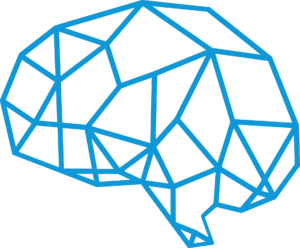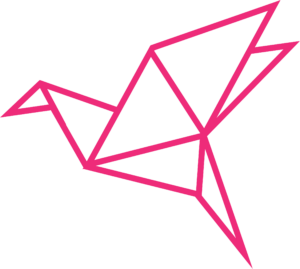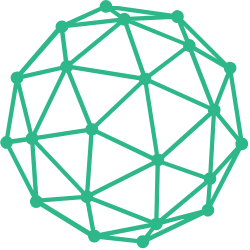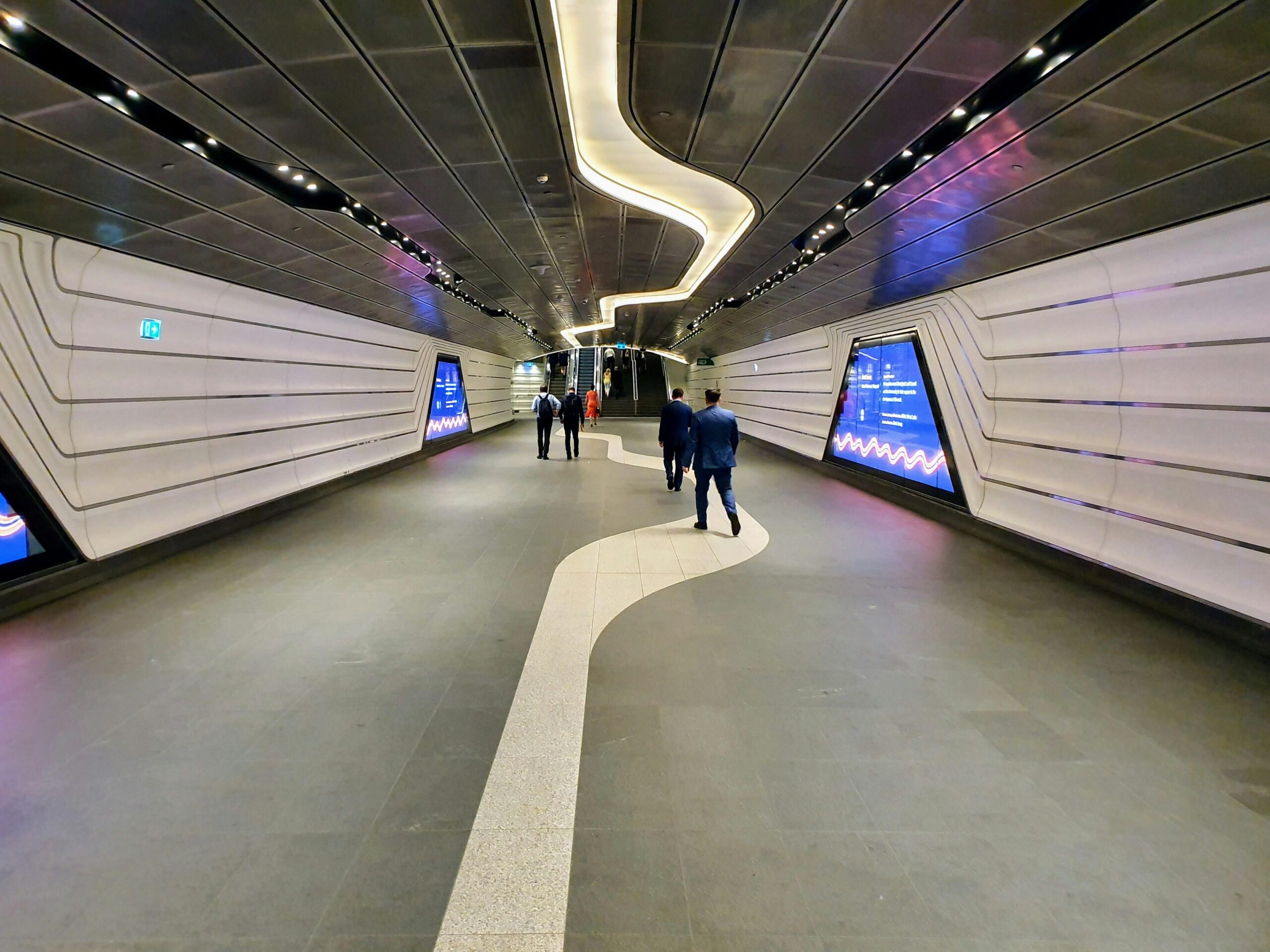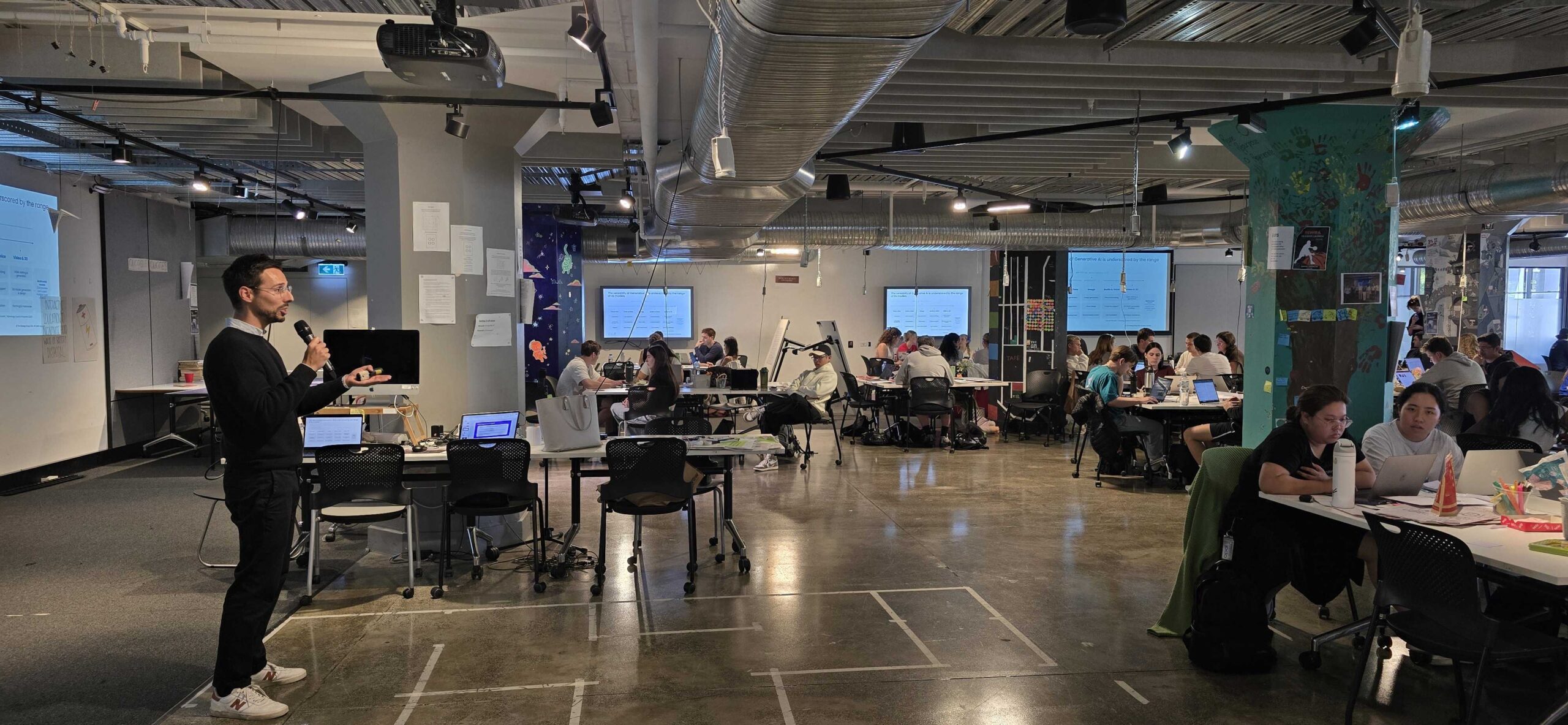Everyone gets really excited when they hear the words creative innovation but few really understand that it has emotional appeal and meaning. At its heart, it’s about understanding consumer behaviour and unlocking the insight – which is an intensely human process. If your objective is to drive an innovation program, then you’ll need two important ingredients:
-
- Empathy: Understanding your customer in an intimate and compelling way; and
- Explore: Ideate with creativity and imagination.
These fundamentals may seem elementary and simple, but a lack of experience and in-depth understanding with these concepts will lead many innovation programs to fail. I use a combination of creative and design thinking techniques but prefer a more consumer (customer) led insight process. There are many creative research methods that allow us to explore and to dig deep into the consumer’s mindset. The more innovative and challenging methods can lead to really unique innovation platforms– but not always. Observing ‘Extreme’ consumers has become very ‘on trend’, but the observational review is not new, it has been used as the basis of science before Darwin. Extreme consumer behaviour explores the attitudes of both ‘Adopters’ and ‘Rejectors’ of a particular product or service. Using these two types of customers (or key opinion leaders) can lead to new angles, opportunities and new territories that can often go unnoticed when only reviewing mainstream target audiences. The key learning here is that extreme consumers amplify their needs. The other area that can deliver amplified consumer voices is social media, a compliant or a compliment about a service can build momentum in these forums. Essentially we want to analyse “what’s not making sense” and investigate new possibilities. In addition, in some circles, there’s false information socialising about market research which suggests it is an inferior method. Some propose that market research only focuses on the ‘average’ or mainstream customer views and traditional techniques like focus groups are outdated. Such comments are seriously flawed. Extreme consumers can unlock very interesting angles, but it can be also as simple as how you’ve probed, who you’ve put in with whom as well as the stimuli used. The Turnpike method is a great example where certain attitudes are ‘mashed’ in the face of other customers to provoke answers. Try not to become totally caught up in new research methods and techniques as some tried and true approaches work just as well, such as attitudinal based segmentation and need maps. So if consumer-led insight is the secret ingredient, then we need to IDEATE with lots of imagination. Remember, you need clearly articulated insights first and then the ideas can start to flow. This is where the mashing together of science, behaviour and other disciplines work so well in the design-led thinking processes. Innovation needs to engage, intersect and connect all the dots.
Explore: Ideate
We know that innovation is also about finding creative solutions to problems, Alex Osborn, introduced brainstorming and Creative Problem Solving back in the ’60s. So, ideation isn’t new – if you have a good insight platform or new opportunity space expressed in a positive language it’s your IDEATION that could be letting you down. In Australia, I still see IDEATION facilitated in the traditional style as first introduced by Osborn. In my experience facilitating numerous ideation and creative innovation sessions, there is usually one thing that’s missing when we analyse what’s gone wrong in the past – the understanding that creativity and imagination is what fuels ideas. Sounds simple, right? Yet this is the most misunderstood fundamental in the innovation process. Energy is usually wasted in a traditional brainstorm session because participants haven’t switched on their ‘creative’ brain and are still operating on a rational level. I use the Creative Detour (a modified Anzar model) which is a different model to the traditional CPS methodology. It states that we need to break out of the current framework and use different dynamics and processes to fuel unique ideas. It crosses different cultures, different languages and indeed uses all aspects of imagination to produce unique perspectives. These techniques assist us to unbuckle structure and allow more time to foster and explore imagination. This Creative Detour approach effectively fuels and steers the energy in a more creative yet productive fashion. Creative Detour is the link between Creativity and Innovation. This technique is an IMAGINATION DETOUR and is about fully understanding and utilising DIVERGENCE and requires the understanding of a lot of creativity techniques – not just standard techniques. It’s the process of drilling down, piercing and tapping into one’s creative state, is the state of Creative Fracking. It’s the ability to carve deep into a creative crevice, letting go, exploring and then unlocking the imaginative state. Then, an eruption, and out with all the energy comes to the ideas. Your imagination explodes and free-flowing ideas bubble and burst to the surface. Lots and lots of ideas, gushing and surging forward. The more ideas the better. The golden rule is always GO FOR QUANTITY. Such fracking is rarely established during ideation sessions because in most situations there is usually a ‘stop’ and ‘start’ pattern to the process – lots of interaction and discussions that create a distraction to the process. There is a time and place for collaboration but not during divergence. At this stage, we need concentration and preparedness. The process itself is easy, but we rarely give ourselves the time to discover our creative selves. In a Creative Detour, divergence is the first prolonged phase followed by Convergence then Reality. Convergence is the art of bringing ideas together, clustering, making choices and carry diverse ideas forward. We want to screen down the most intriguing ideas and make them real. The final phase is Reality – this is the skill, making obtuse and unrelated ideas a commercial reality. This is the creative journey. Creative Detour also drives the outcomes of the innovation strategy. If your innovation strategy requires:-
- A small competitive advantage then the divergence is fast, shallow and tends to produce ‘common ideas’ which have limited commercial gains.
- An innovation pipeline with the next generation of ‘innovative’ ideas then the divergence continues to a deeper level.
- A disruptive agenda then the creative detour is pitched at an imaginative ‘fracking’ state. These ideas usually require longer lead times to be commercialised.
Depending upon how far you go on the Creative Detour will result in ‘common ideas’, ‘innovative’ ideas or disruptive ideas. This is what drives Innovation. Following the Inspire and Explore stages we then Craft and Create prototypes. Yvonne Brennan is the Principal of The Strategy Group
